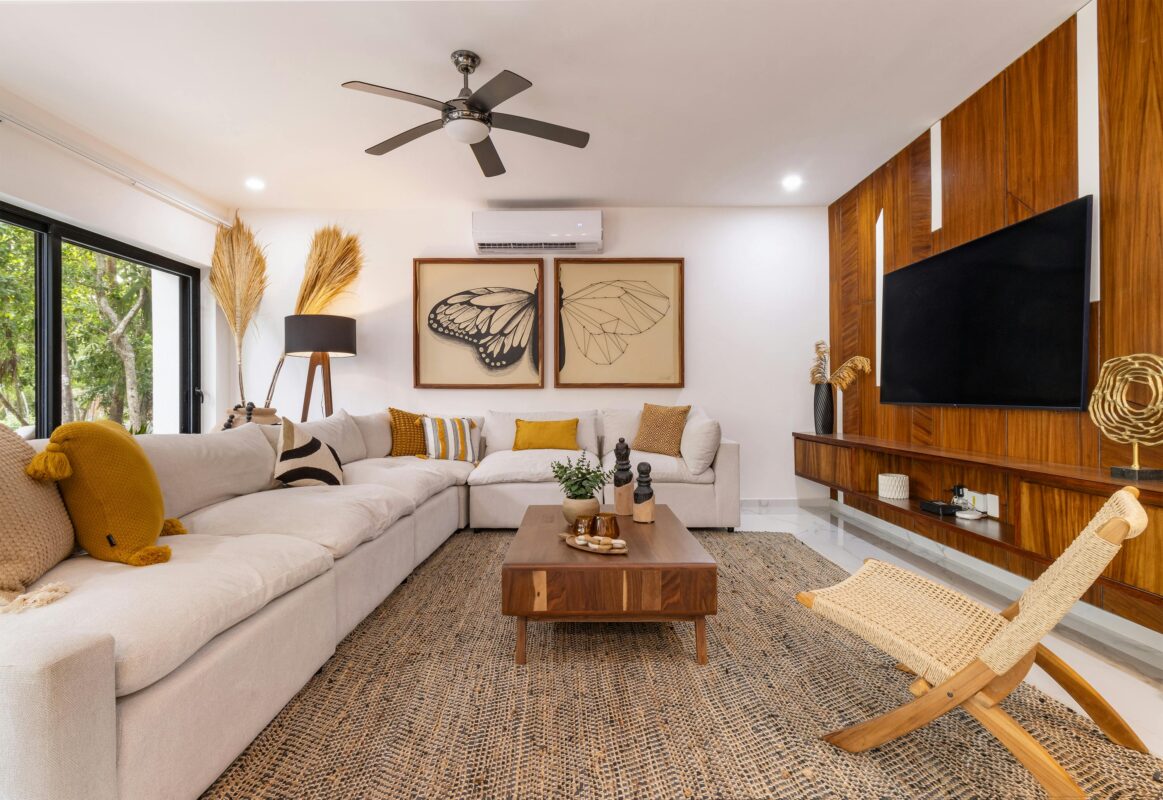The Future of Web Design: Trends to Watch in 2025
Web Design Trends 2025: Essential Insights for Designers

As the digital landscape continues to evolve, web design is at the forefront of innovation. 2024 is set to bring new trends that will shape how websites are built, experienced, and interacted with. Whether you’re a seasoned web designer or just starting, staying ahead of these trends will be key to creating impactful and modern websites. Here’s a look at what to expect in the world of web design this year.
1. AI-Powered Design Tools
Artificial Intelligence (AI) is revolutionizing web design, and 2024 will see AI-driven design tools becoming more mainstream. These tools will not only automate routine tasks but also provide designers with intelligent suggestions, from layout adjustments to color schemes. AI will enable more personalized user experiences by analyzing user behavior and preferences in real time, allowing designers to create dynamic, user-centric designs effortlessly.
2. Immersive 3D Visuals
As technology advances, the integration of 3D elements into web design is becoming more feasible and popular. In 2024, expect to see more websites incorporating immersive 3D visuals that provide depth and interactivity. These elements can range from simple animations to full-fledged 3D environments that engage users in a more tactile and engaging way. This trend is especially relevant for e-commerce, gaming, and creative portfolios where showcasing products or art in 3D can enhance user experience.
3. Dark Mode Dominance
Dark mode has been a growing trend over the past few years, and it’s not going anywhere in 2024. With its ability to reduce eye strain and save battery life on OLED screens, dark mode is becoming a standard feature for websites and applications. Designers are exploring more sophisticated and elegant dark-themed interfaces that not only look modern but also improve usability. Expect to see creative uses of contrast, vibrant colors, and minimalist design elements that shine in dark mode.
4. Sustainability-Focused Design
As environmental concerns become increasingly important, web design in 2024 will reflect a growing emphasis on sustainability. This trend involves optimizing websites for energy efficiency, reducing data transfer, and using sustainable hosting services. Designers will also focus on creating minimalist, content-focused designs that load faster and consume less power. This movement towards “green” web design will resonate with eco-conscious users and contribute to a more sustainable internet.
5. Voice User Interface (VUI) Integration
Voice technology is rapidly gaining traction, and in 2024, voice user interfaces (VUIs) will play a significant role in web design. With the rise of smart speakers and voice-activated devices, websites need to be optimized for voice search and navigation. VUIs will enable more hands-free interactions, making websites more accessible and user-friendly. Designers will need to consider how their content is structured for voice commands and ensure seamless voice interaction experiences.
6. Micro-Interactions and Animations
Micro-interactions—subtle, brief animations or visual cues—will continue to be a critical element of web design in 2024. These small design elements, such as a button changing color when hovered over or a subtle animation when a user scrolls, provide feedback and enhance the user experience. Micro-interactions help make websites feel more interactive and engaging, guiding users through the interface in a more intuitive way. Expect to see more creative and thoughtful implementations of these in the coming year.
7. Neumorphism and Glassmorphism
Design aesthetics like neumorphism and glassmorphism are making a comeback, offering fresh takes on user interface design. Neumorphism blends elements of skeuomorphism and flat design, creating soft, extruded shapes that appear almost tangible. Glassmorphism, on the other hand, features frosted-glass effects with translucent layers, giving a modern and sleek look to interfaces. Both trends will be prevalent in 2024, providing designers with new ways to create visually striking and unique websites.
8. Mobile-First Design
With the majority of web traffic coming from mobile devices, mobile-first design is no longer optional—it’s essential. In 2024, the focus on creating fully responsive and mobile-optimized websites will intensify. This trend goes beyond simply resizing content for smaller screens; it involves designing for mobile users first, ensuring that every element is intuitive and functional on mobile devices. Expect to see more websites that prioritize speed, simplicity, and ease of use on mobile.
9. Inclusive and Accessible Design
Web accessibility has always been important, but 2024 will see a greater emphasis on designing websites that are inclusive for all users, regardless of their abilities. This trend involves implementing features like screen reader compatibility, keyboard navigation, and high-contrast modes to ensure that websites are accessible to everyone. Designers will need to stay informed about accessibility standards and best practices, making inclusivity a key aspect of their design process.
10. Augmented Reality (AR) Experiences
Augmented Reality (AR) is set to make a significant impact on web design in 2024. AR can create interactive and immersive experiences by overlaying digital information on the real world. This trend is particularly relevant for industries like retail, where customers can virtually “try on” products or visualize how furniture would look in their home. As AR technology becomes more accessible, expect to see more websites integrating AR experiences to engage users in new and exciting ways.
Conclusion
The future of web design in 2024 is all about creating more engaging, efficient, and user-centered experiences. From AI-powered tools to immersive 3D visuals and sustainable design practices, the trends shaping the industry reflect a commitment to innovation and inclusivity. By staying ahead of these trends, web designers can continue to push the boundaries of what’s possible, delivering websites that not only look great but also provide meaningful value to users.
Share this content:









Post Comment